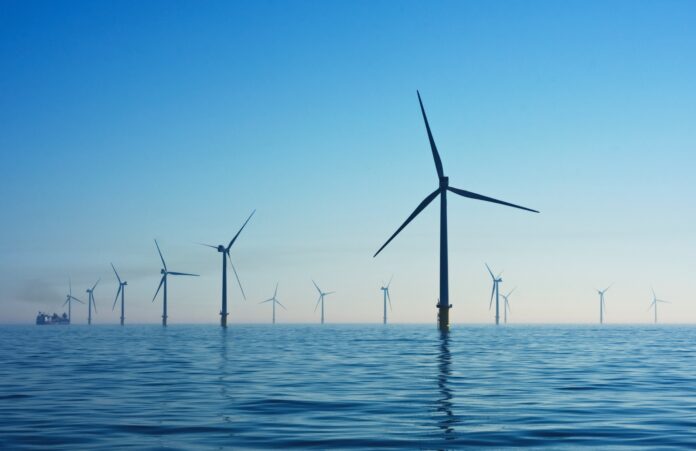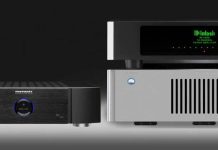Wind energy has been used for centuries to power boats and grind grain, but now it is being looked at as a major source of renewable energy. With the rise in global temperatures due to climate change, countries around the world are looking towards renewable sources such as wind energy to reduce their carbon emissions and create a more sustainable future.
To know more about the advantages of harnessing the power of wind energy, let’s take a closer look.
But First, How Does Wind Energy Work?
Wind energy is generated by the kinetic energy of wind-turning turbines. The turbines are connected to a generator which then converts the kinetic energy into electrical energy. This process is completely renewable and clean, making it an attractive alternative to more traditional sources of energy such as fossil fuels.
Breakdown of How Wind Turbines Generate Clean Electricity
For those unfamiliar with the processes involved, here is a breakdown of how wind turbines generate clean electricity:
- The kinetic energy from the wind turns the rotor blades of a turbine.
- The rotor then drives an internal shaft which is connected to a gearbox.
- This gearbox increases the rotational speed and transfers it to an electric generator.
- The electric generator then converts the rotational energy into electricity which is fed into a power grid system or stored in batteries for individual usage.
Wind turbines come in various sizes and can be placed on land, off-shore, or on top of high buildings. The size of the turbine depends on the amount of energy to be produced and the location. The higher up they are, the more potential wind power they can collect as air is generally faster at greater heights.
Advantages of Wind Energy
There are numerous advantages to wind energy. For starters, wind turbines are relatively inexpensive and cost-effective to install and maintain. This cost-effectiveness allows wind energy to be scaled up or down according to the needs of a specific area, making it highly versatile.
Additionally, wind turbines don’t require any fuel, which eliminates emissions and makes wind energy one of the cleanest sources of electricity available today. This means wind energy can help reduce carbon emissions and create a more sustainable future.
On top of that, wind turbine companies are constantly innovating and finding new ways to increase wind energy efficiency. This is leading to even more cost-effective solutions, making wind energy increasingly attractive as a renewable source of electricity.
Challenges With Wind Energy
As with any other form of energy, wind energy also has its drawbacks. One of the major issues is that wind can be variable and unpredictable. This means that wind energy projects must be carefully planned in order to maximize efficiency and ensure reliable energy production.
Another potential challenge is the environmental impacts of wind turbines, such as bird mortality or noise pollution. Wind turbine technology has come a long way over the years, and new regulations have been put into place to help minimize any negative impacts.
Wind energy can also require a large amount of land in order to be effective, making it difficult to integrate into existing infrastructure.
The Future of Wind Energy
Despite the challenges, wind energy is quickly becoming an attractive source of renewable energy and is expected to continue growing in the coming years.
As countries around the world continue to focus on reducing their carbon emissions, wind energy could be an important part of the solution. With its cost-effectiveness, scalability, and potential to create a more sustainable future, it’s easy to see why this renewable energy source is gaining popularity.
At the end of the day, harnessing the power of wind energy can help us move towards a brighter, more sustainable future. By investing in renewable energy sources such as wind energy, we can help create a healthier planet for generations to come.
So let’s all take part in this revolution to bring about a greener future!
































